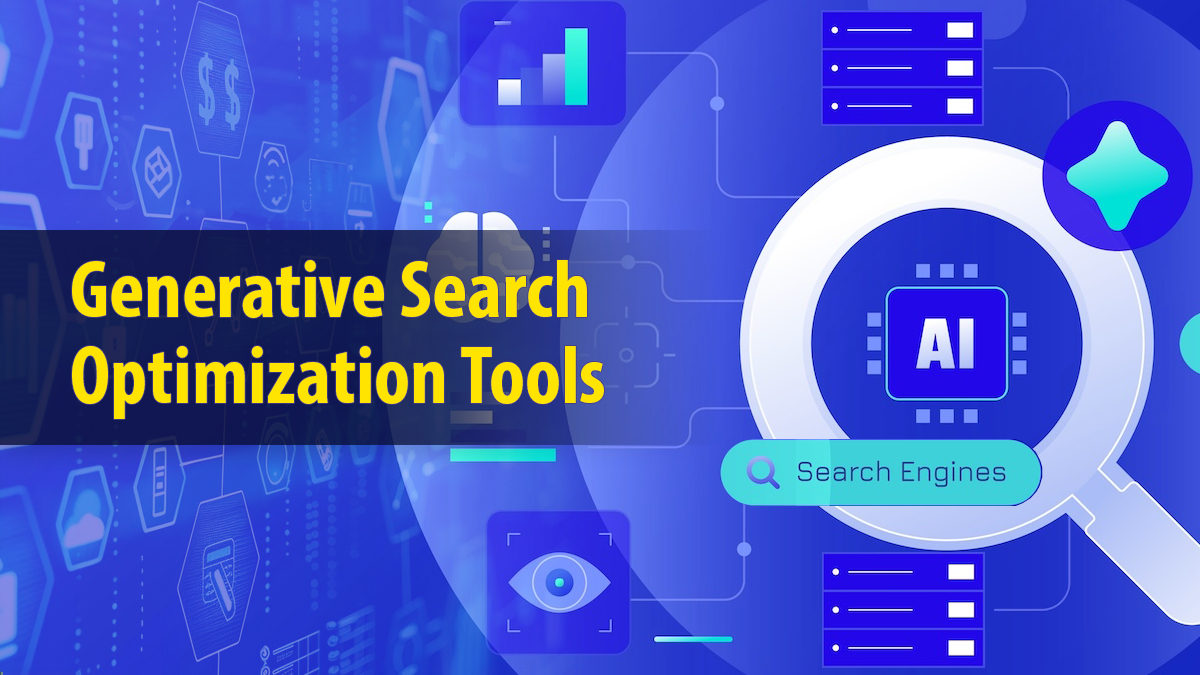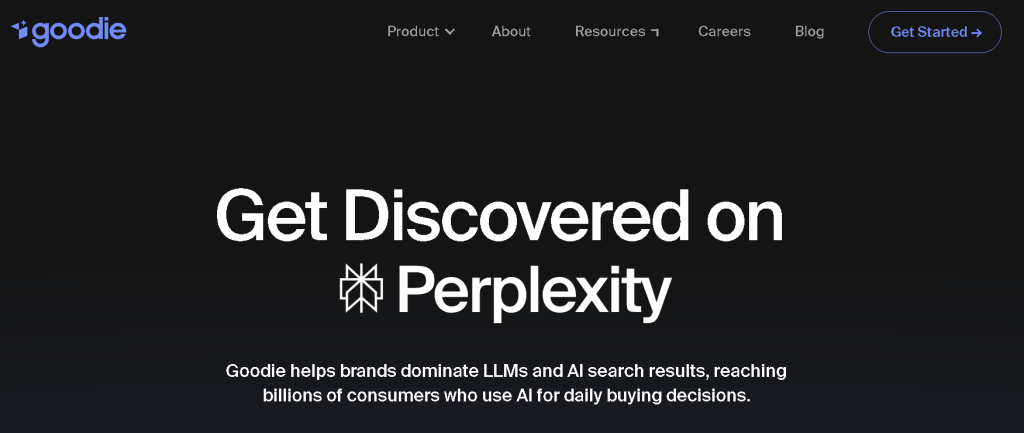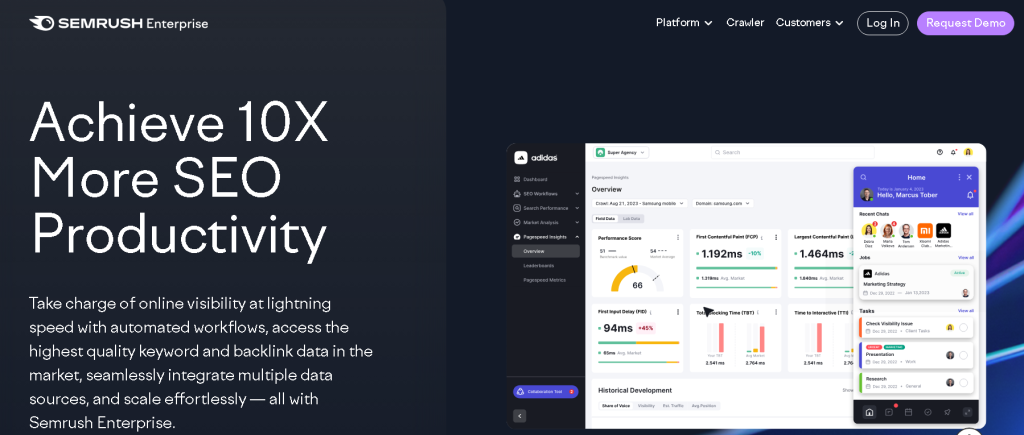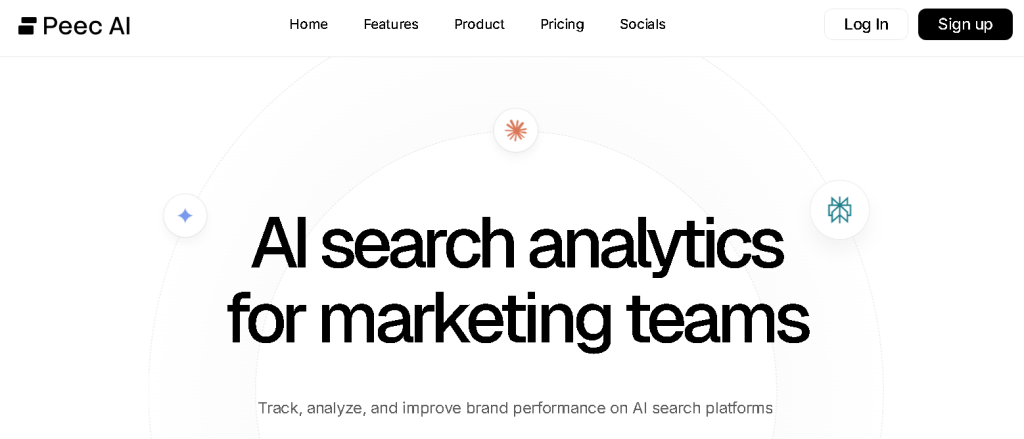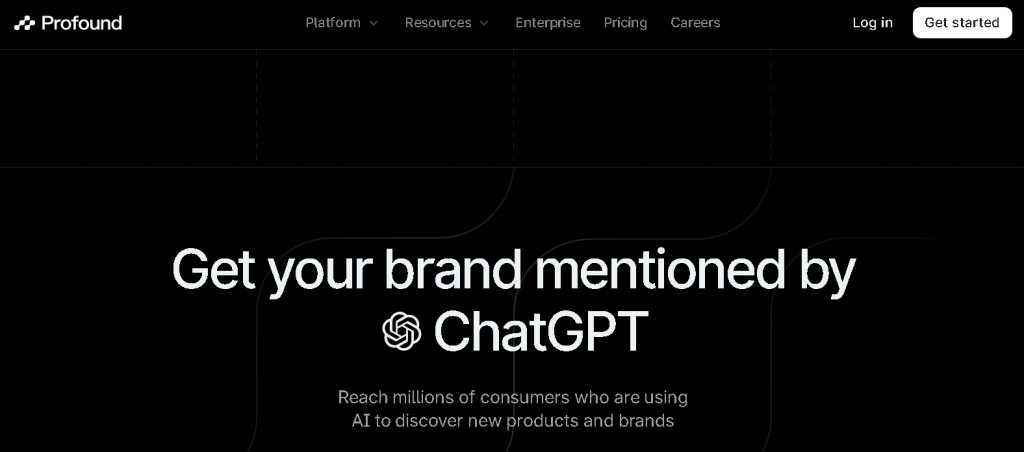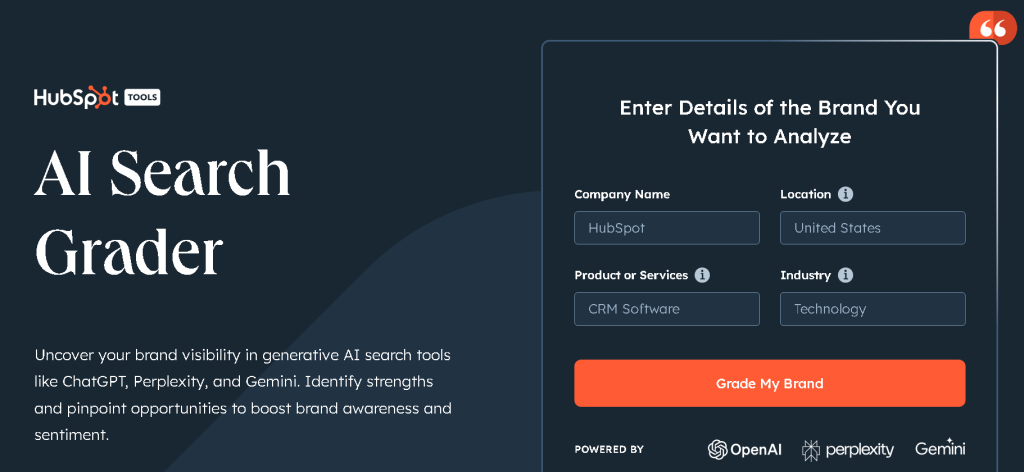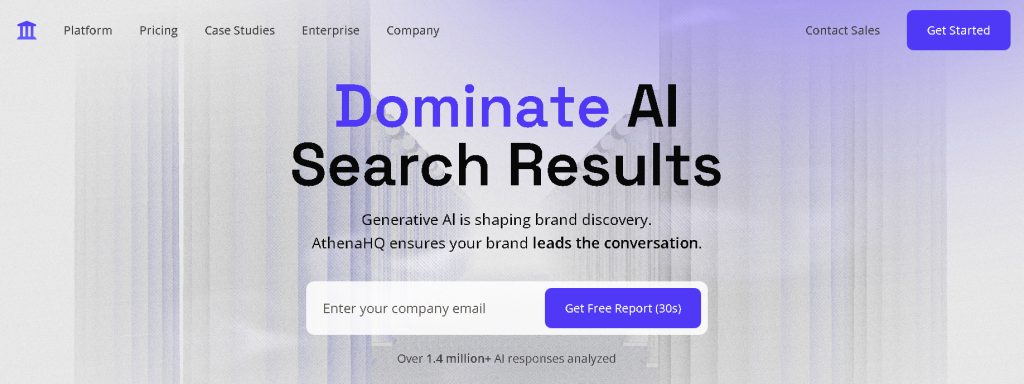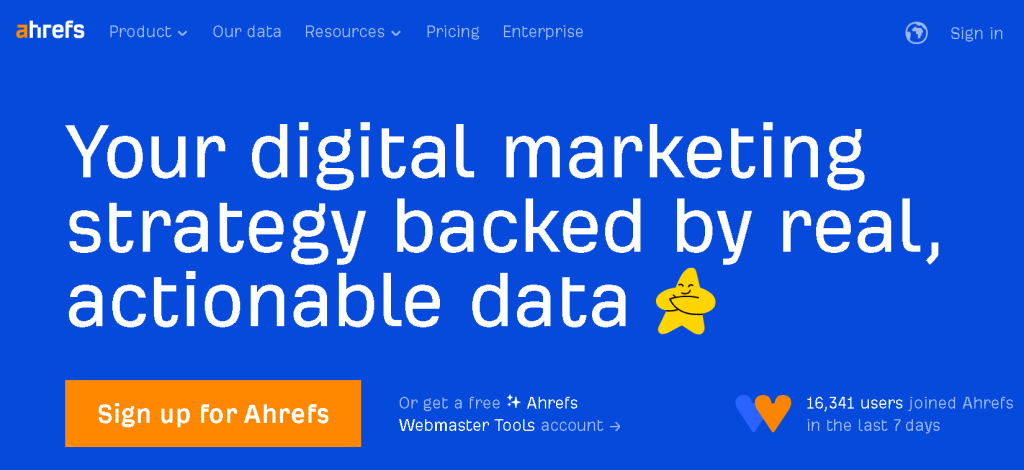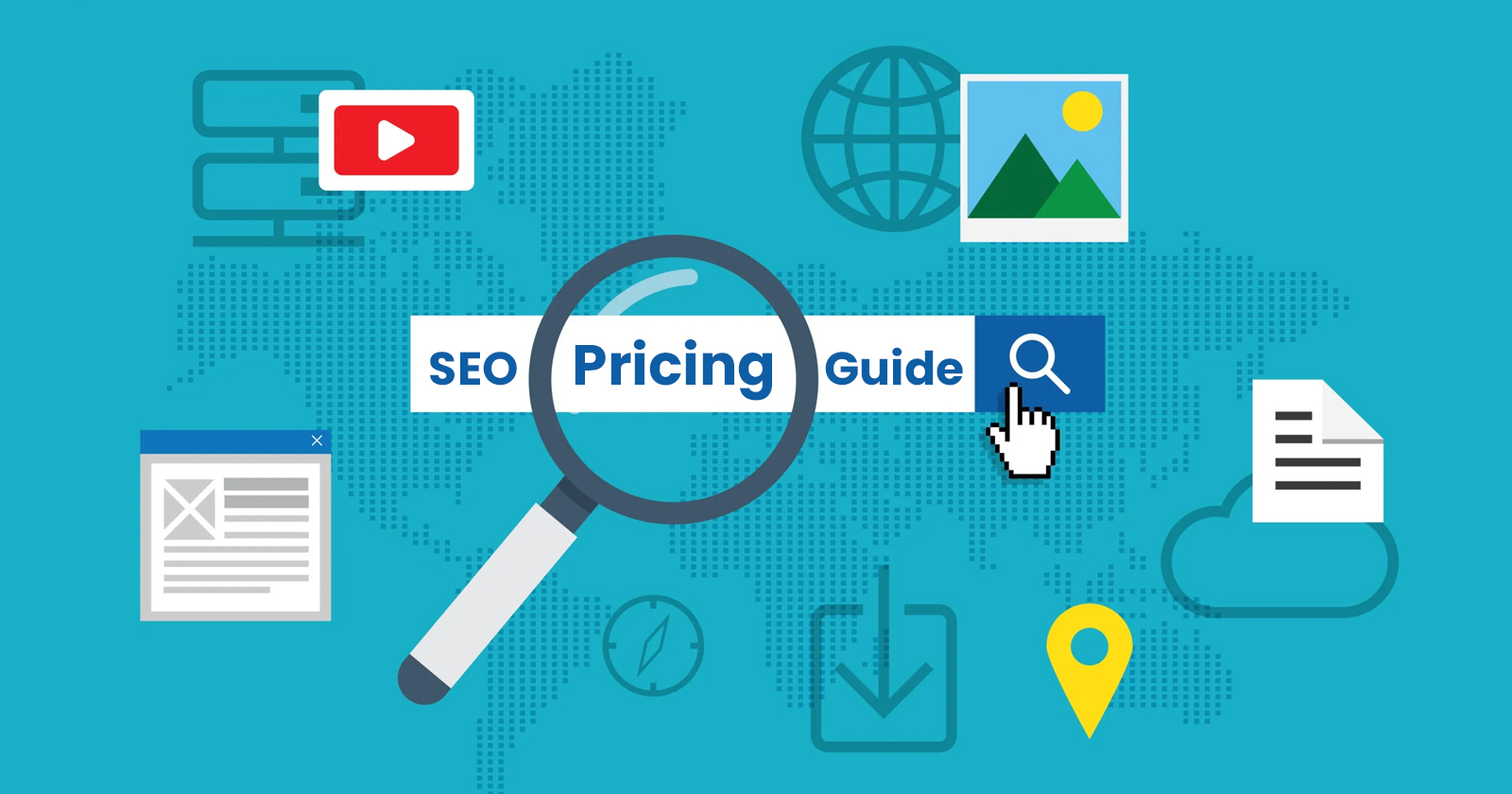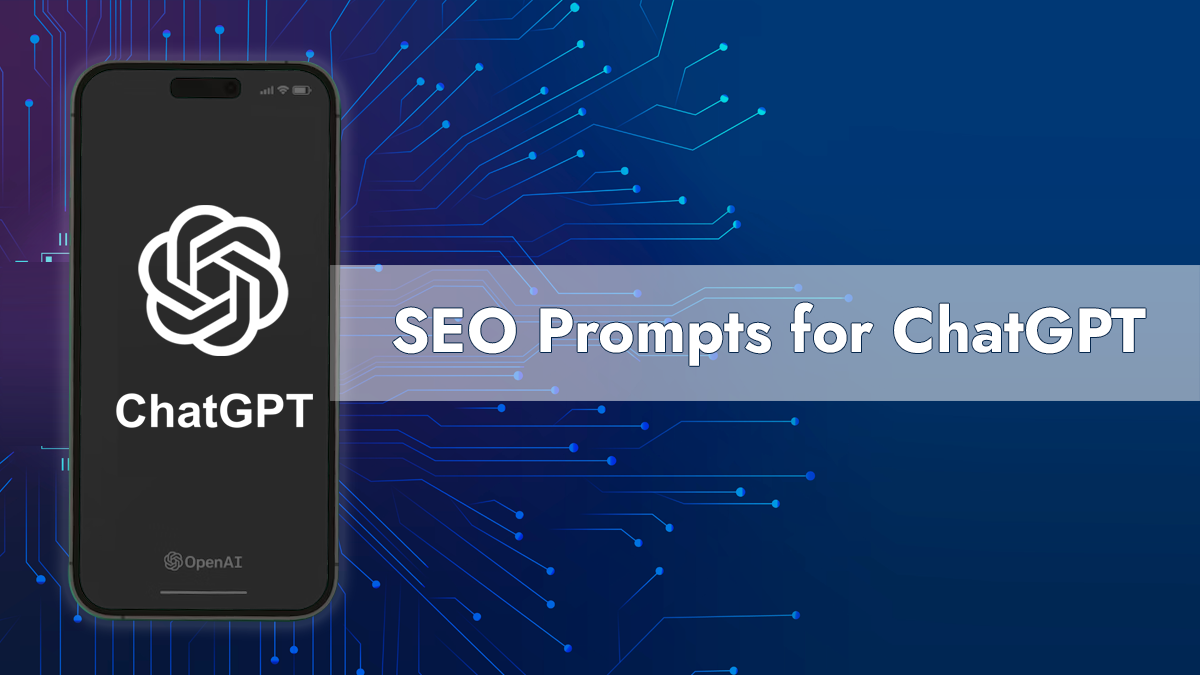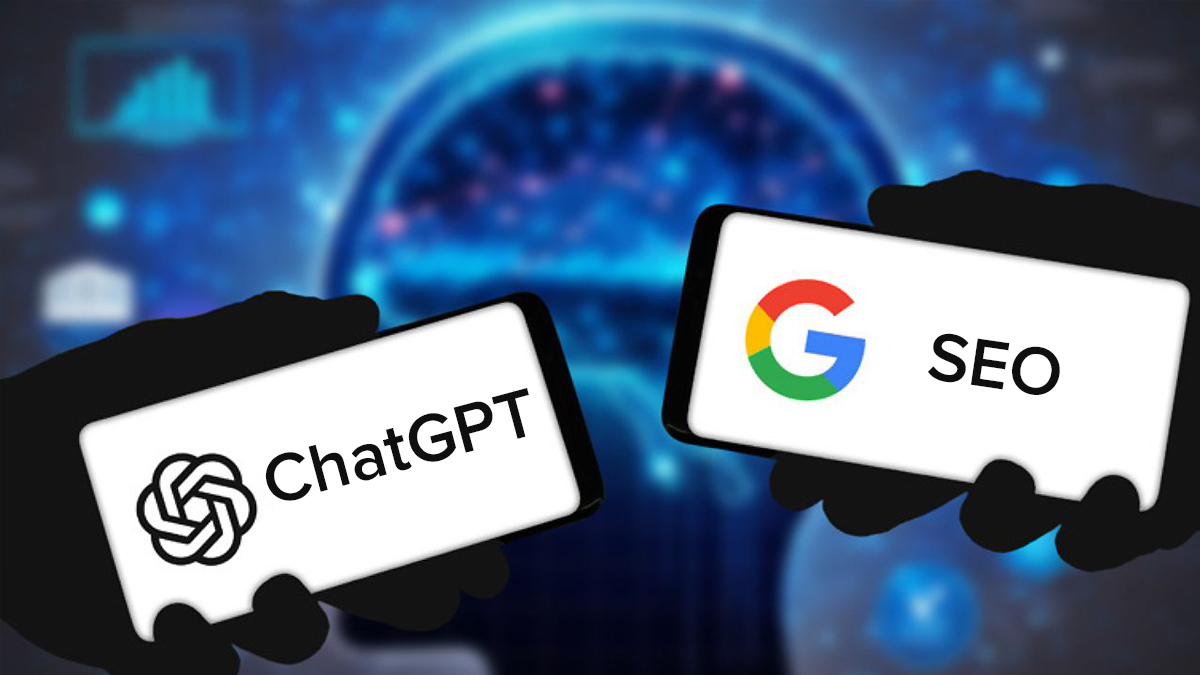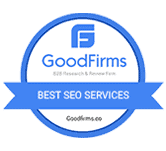As AI tools like ChatGPT, Google’s AI Overviews, Perplexity, and Bing Copilot change the way people look for and use information, Generative Search Optimization (GSO) has become the new way to be seen online.
Unlike regular SEO, GSO aims to improve content so that generative AI systems can easily find, recognize, and trust it. As people start using conversational and answer-based interfaces more, it’s important to have tools that can enhance GSO performance.
These tools help brands see how often and where their content shows up in AI results, understand people’s feelings about it, keep an eye on competitors, and find ways to make things better. Not all generative search optimization tools are the same.
Picking the right option needs a careful look at what it covers, how it works, how it can grow, and how easy it is to use. In this post, we will look at some of the best GEO (GSO) tools and provide tips to choose the best tool to stay ahead in the age of AI-driven research.
What is Generative Search Optimization?
GSO is optimizing your content so that it shows up well in answers from AI search engines. Unlike regular SEO that focuses on getting higher positions in search results, Generative search optimization ensures your content is included or mentioned in answers created by AI. It focuses on:
- Making content clearer, more consistent, and more accurate.
- Making sure your brand is mentioned by AI models consistently.
- Creating content that helps AI understand the context better.
- Creating a website that is friendly for AI programs and search engines.
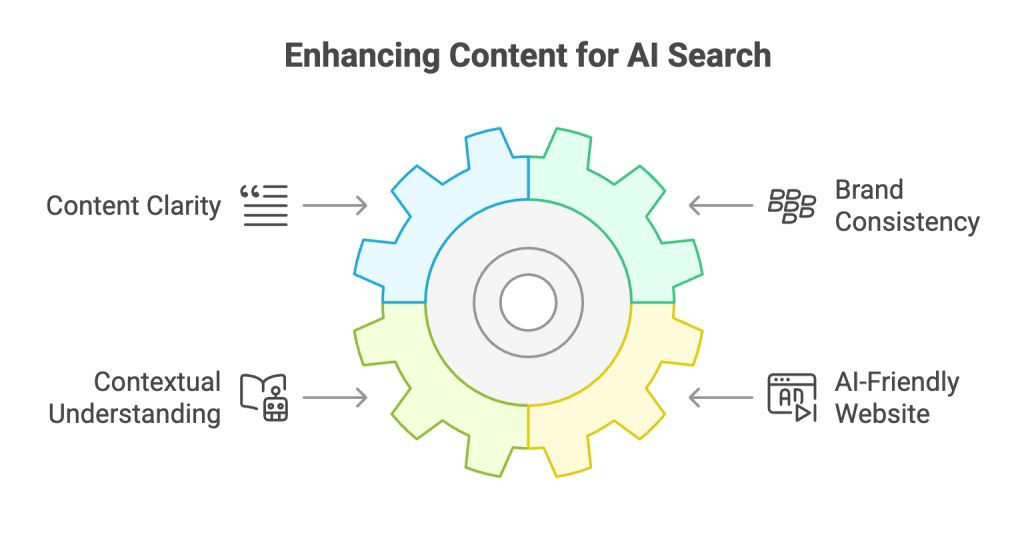
AI SEO services providers are leveraging generative search optimization tools to create dynamic, high-quality content that aligns with evolving search engine algorithms and enhances client visibility across organic search results.
How to Track GSO Performance?
AI Visibility Score
The AI Visibility Score shows how often and how clearly your content shows up in answers given by AI tools like ChatGPT, Google’s AI Overviews, Bing Copilot, and more. It’s like how SEO ranking works, it’s about how often AI models bring up your pages when people ask related questions.
This score is based on things like how clear the content is, how trustworthy it is, how well it’s organized, and how well it matches what AI likes. Tools that check which sources AI systems refer to can help figure out this score.
A high AI Visibility Score means that your content is not only being found but is also liked and trusted by AI systems. To succeed with GEO (GSO), it’s important to know how and when AI picks your content. This will help you stay ahead in the new search environment.
Source Citations
Source citations in GEO mean how often generative tools directly use or mention your content in their answers. This could mean being mentioned or named in AI summaries, included in source lists, or paraphrased in answers.
These citations show how important and relevant your content is for training or retrieving information in a generative AI. The more often people mention your site, especially in important situations, the better your Generative Search Optimization performance will be.
Unlike backlinks in SEO, these citations might not always be clickable, but they still help people notice the brand and trust it more. Tools like ChatGPT’s link references, Perplexity’s source tracking, and AI overview checking can help keep an eye on this.
By looking at which articles are mentioned the most, you can change your SEO content plan to focus more on what’s successful. Citations in generative engines show that you can be trusted, so it’s important to get them to build your online presence in the AI-focused internet.
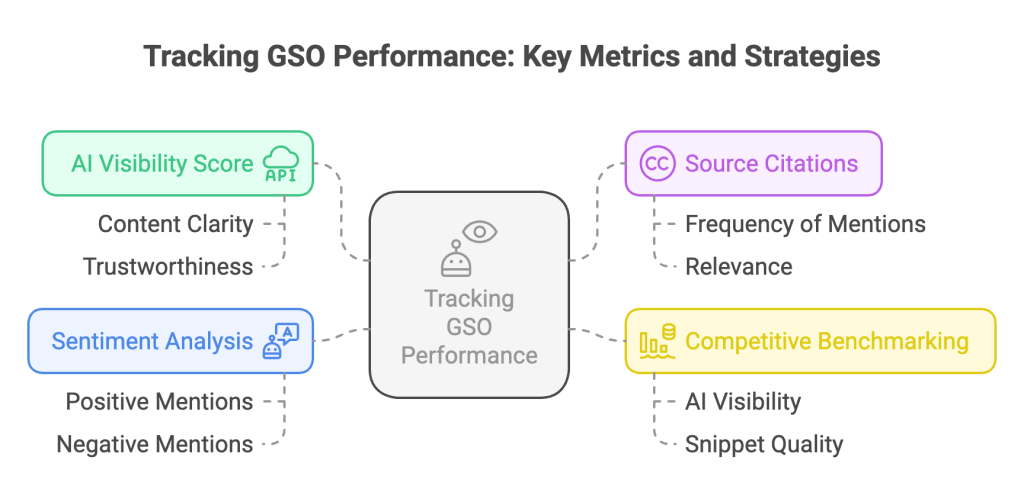
Competitive Benchmarking
This looks at how well your content does compared to others in the same industry using generative AI. It involves looking at how visible AI results are, how often they are mentioned, the quality of the snippets, and the expertise on the topic.
Are your competitors getting mentioned more in AI-generated answers? Are they listed higher in source panels or summaries? Knowing these trends can help you find areas where you can improve your content and spot new opportunities.
As generative engines take over regular search rankings, you need to change how you measure success. It’s important to look at things beyond just keyword rankings, such as how well AI is used and signs of trust.
You can use tools that show which websites are often mentioned by ChatGPT, Claude, or Perplexity for specific questions. Competitive benchmarking helps you see what other businesses are doing well and lets you make changes quickly to improve your own work.
Sentiment Analysis
In GEO, sentiment analysis looks at the tone and emotion of how AI tools show your brand or content. Are AI tools showing your company in a good, neutral, or negative light when they summarize reviews, reports, or expert opinions?
This is important because more people are trusting AI summaries instead of just looking at the original information. If AI-generated answers make people unsure or negative about your product, even a little, it can impact their trust and willingness to buy.
Sentiment tools can now check AI-written replies for narrative patterns and emotional cues. For example, is ChatGPT calling your service “trustworthy” or “old-fashioned”. Are your competitors being described more positively?
By keeping track of what people say about their services in AI summaries, companies can find out if there are any problems with their reputation, improve their messages, and influence how future AI is trained.
Also Read: Perplexity SEO-How to Rank in Perplexity Answers
Overview of the Generative Search Optimization Tools Market
Features
Many of the tools we looked at have features to help you see what’s happening, but some are more detailed and thorough than others. The main way to measure this is by looking at different questions and seeing how much people talk about a brand in their answers.
Optimization Capabilities
Most of the players today don’t have good skills in making things work better. Although they offer useful information, that information doesn’t always come with clear ways to make improvements. Some are better at that than others.
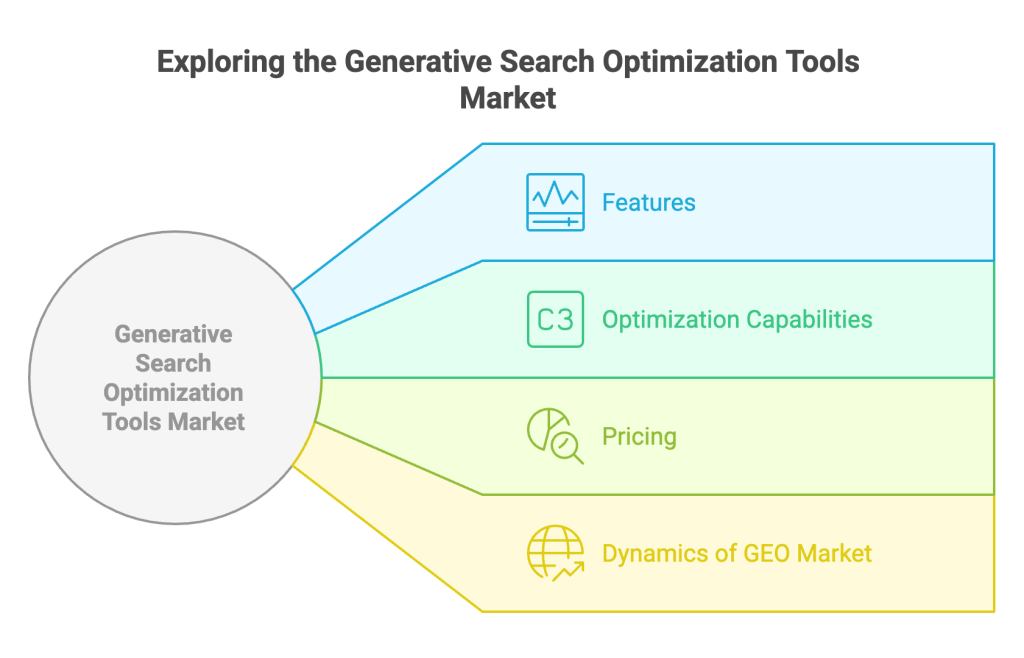
Pricing
The space is divided between tools for big companies and simple tools for small businesses. The light tools aren’t very precise and mostly only look at how visible things are in GEO. We found that tools like Goodie, Scrunch, and Profound are more useful and provide better benefits, but they also cost more money.
Dynamics of GEO Market
There are many new companies coming up, so we will keep updating this list as things change in the market. New York City is home to many current players and is quickly becoming the global center for GEO activities.
How to Find the Best Generative Search Optimization Tool?
Platform Reach
When looking at a GSO tool, the first thing to find out is how many different generative engines it works with. The perfect tool should monitor how well different AI platforms work, such as ChatGPT, Google AI, Bing Copilot, and Perplexity.
Since every engine uses different methods and sources for content, how visible and effective they are can change a lot. A strong GSO tool gives you a clear picture of how your content looks, works, and is mentioned on these platforms.
It should help find out which platforms get the most mentions and which ones need to be better. The more information you have, the better you’ll understand things, and the more successful your improvement plans will be.
Keep in mind that focusing on just one search engine isn’t enough anymore. In today’s varied AI search world, being visible on many platforms is important to capture key moments when users are looking for information.
Real-Time Monitoring
GEO is a quickly evolving area, so it’s important to keep an eye on things in real-time to see how visibility and citations can change fast. A good generative search optimization tool should always check generative engines and let you know when your content shows up in new answers, when references decrease, or when your competitors become more visible.
Real-time tracking lets you make quick changes to improve things, like updating your content or reacting to new trends as they come up. Being able to notice changes in rankings or opinions right away gives you an advantage.
This is really important for brands in fast-moving fields like technology, finance, or healthcare, where relevance and how trustworthy they are can change quickly. Find tools that have live updating screens, notification alerts, and trend charts.
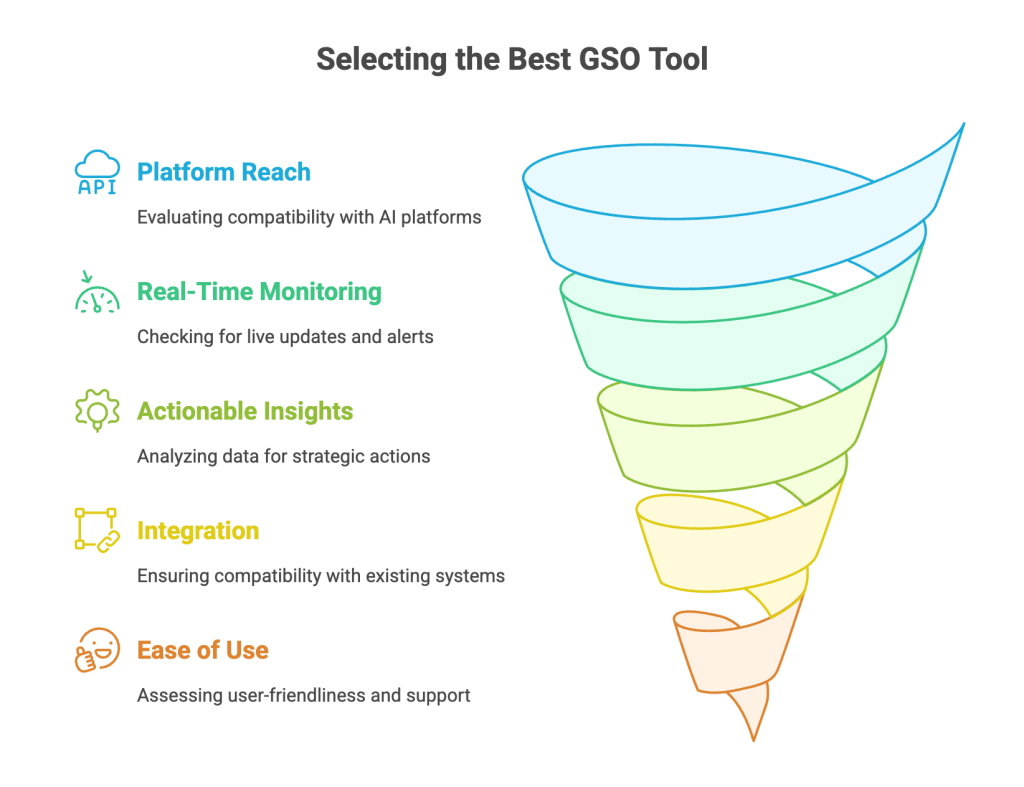
Actionable Insights
The best GEO tools do more than just gather information, they use that information to take action. Actionable insights are what make basic tracking tools different from valuable resources for planning.
You need a tool that explains not just what occurred, but also why it happened and what you should do next. This could mean suggestions like improving a certain page that isn’t showing up well in AI searches, finding content types that aren’t doing well, or pointing out keywords that AI now links to other companies.
The tool should give detailed reports that explain how changes in content layout, style, or information tags impact how well the content can be found online. Extra points if it includes predicting future events or giving advice based on past data.
Integration
To get the most out of GSO tools, they need to work well with your current technology, especially SEO platforms, analytics tools, content management systems, and reporting dashboards.
Find options that provide APIs, webhooks, or ready-made connections for tools like Semrush, HubSpot, or WordPress. It lets you monitor GEO performance in the same system you already use, making things smoother and helping everyone get on board.
Integration lets you compare new content performance with traditional SEO stats, campaign information, or customer engagement data. This gives you a complete picture of how your content is doing.
If you don’t connect GEO insights, they can stay separate, which makes it difficult to relate improvement actions to business results. A good tool will work well with what you already do and make your current systems better, not take their place or cause problems.
Easy to Use
Even the best generative search optimization tool won’t help if it’s difficult to use or understand. It’s important that the platform is easy to use, especially for teams that include marketers, SEO experts, and content creators who will all be working together.
Find a simple and easy-to-use design that shows complicated information in a way that’s easy to understand, like using charts, dashboards, and clear summary reports. Tools should be easy to use and need little training.
They should provide help through step-by-step guides, help documents, or AI assistants. Simplicity shouldn’t mean losing depth. The best tools are easy to use but also have advanced features hidden inside.
Features like tracking keywords, seeing where citations are popular, and checking how people feel about something should be easy to access and use. The simpler a tool is to use, the more your team will use it, which will improve their performance.
Pricing
The cost of generative search optimization tools can be very different, so it’s important to choose one that matches your budget and your needs. Some platforms charge you based on how much you use them (like how many keywords you track or how many AI tools you use).
Some others have a fixed monthly price or different pricing levels for businesses. Know what each plan includes. Does the basic plan give you important insights, or are key features like sentiment analysis and competitor comparison only available in the paid versions?
Think about the ROI: is the tool saving you time, improving your understanding, and bringing in real visitors or leads. Free tools can help with basic tracking, but for long-term strategy, paid tools usually provide more detailed insights and better help.
Pick a plan that fits your budget now but can scale as your goals expand. Being open, adaptable, and having a clear reason for your pricing are important for long-lasting pricing success.
Scalability
As your business expands, your GEO strategy will need to grow as well, so it’s important to make sure it can scale. A good GEO tool should grow as you do, helping with more content, more keywords, more users, and more platforms while still working well.
Whether you’re in charge of 10 pages or 10,000, the platform should be able to track more data, create detailed reports, and help different teams work together. It should also be able to work with different countries or areas if you are doing business worldwide.
Find tools that have different options, so you can add customisable features as your needs change. Scalability also means having good support systems in place, like dependable customer service, training materials, and guides.
These help your team grow and use the service smoothly without facing problems. Make sure your GSO tool investment is good for the future by picking a platform that can grow, just like your content plan should.
Also Read: 100 Eye-Popping AI Statistics for Marketers in 2025
9 Best Generative Search Optimization Tools
Goodie AI
Goodie AI is a new platform that uses artificial intelligence to improve how generative engines work. It helps brands be seen more easily on AI platforms like ChatGPT, Gemini, and Perplexity.
Pricing: Custom pricing
Established: 2023
Headquarters: New York City, USA
Features
- AI Visibility Monitoring: It keeps an eye on how often a brand is seen and talked about on different AI search platforms.
- AI Optimization Hub: Finds chances to make AI search better and gives practical advice on how to do it.
- AI Content Writer: Finds missing information and helps create content that works well with AI search engines.
- AI Search Analytics & Attribution: This tool helps you track and understand how your AI search is doing in terms of important business goals, like increasing the number of users or boosting revenue.
Advantages
- A complete set of tools designed to improve AI searches.
- Easy-to-use design with live data insights.
- Measurement for most big AI platforms, like DeepSeek and Claude.
- You can use a very accurate Optimization Hub that gives useful location-based information for each source you track.
Disadvantages
- Since it’s a new platform, it might not work with some of the marketing tools you already use.
- The tool doesn’t have a way to export reports.
Semrush
Semrush has just introduced its GSO tool, but right now, only enterprises can use it. They arrived late to the GSO tool competition and mainly concentrated on making things more visible. But, they are the top standard SEO tool with a lot of data and many customers.
Features: Checking visibility, strong keyword research, analyzing competitors, and using AI to track results on Google.
Advantages: A lot of features, trustworthy, easy to use.
Disadvantages: Focuses mainly on Google-related AI tools and provides only general location information.
Pricing: Begins at $120 a month
Established: 2008
Headquarters: Boston, USA
Scrunch AI
Scrunch AI provides a complete way for businesses to track and improve how well their brand shows up in AI search systems. In a world where people prefer direct answers over links, Scrunch AI provides a service that helps businesses meet user needs and increase their brand’s visibility.
Features: Live tracking, mapping how customers use AI, and spotting false information before it spreads.
Advantages: Lots of information, great for big companies.
Disadvantages: Not good for small businesses, and there’s no option to do things by yourself.
Pricing: Custom prices available
Established: 2022
Headquarters: Salt Lake City, USA
Peec AI
Peec AI makes AI analytics easy to understand and use, which is perfect for small and medium-sized businesses and marketing agencies. Peec AI can be used in many different fields like healthcare, finance, and marketing. Peec’s dashboard is easy to use, so it’s a good option even if you’re not an expert in AI platforms.
Features: AI tracking for visibility, tracking where information comes from, comparing with competitors.
Advantages: Simple to use, easy to understand data, low cost.
Disadvantages: It has only basic features and doesn’t include advanced tools like detailed sentiment tracking or suggestions for improvement.
Pricing: Starting at €120 per month
Established: 2023
Headquarters: Berlin, Germany
Otterly AI

Otterly AI is an easy-to-use tool that helps you keep an eye on your online presence and improve it using AI. It’s good for small businesses and startups that mainly want to keep an eye on things.
Features: Tracking AI visibility, analyzing sentiments, and keeping an eye on link mentions.
Advantages: Easy to use, cheap, great for beginners.
Disadvantages: Limited ability to suggest things and basic analysis features.
Pricing: Starts at $49 per month
Established: 2023
Headquarters: Vienna, Austria
Profound
Profound offers a variety of detailed GEO analysis designed for big companies around the world. They were one of the first to start in this area and got initial funding from Khosla Ventures, South Park Commons, and some other well-known venture capital firms.
Features: AI tracking for visibility, in-depth conversation and sentiment analysis, and active website improvement.
Advantages: Very detailed and strong reports, support for multiple languages.
Disadvantages: Only good for big companies, doesn’t have SEO or content tools, and is expensive.
Pricing: For more details about prices, contact Profound’s sales team
Established: 2024
Headquarters: New York City, USA
HubSpot’s AI Search Grader
HubSpot’s AI Search Grader checks how well content performs in search engines. It gives ideas and suggestions to help improve the content’s ranking. It uses AI to analyze data and combines it with knowledge of SEO, providing users with a strong tool to enhance their content strategy.
Instead of only looking at usual SEO measurements, it also checks how related your content is to the topic. This looks at how well your content matches what AI search engines understand about context and what users are looking for.
Features: It gives advice to improve your content for higher rankings in AI searches, compares your content with others, and checks how well it works with conversational AI.
Advantages: Great for making your content easier to find in AI searches
Disadvantages: It doesn’t consider all AI search methods and doesn’t allow for much customization.
Pricing: A feature of HubSpot’s Marketing Hub. It starts at $23 a month and can go up to $3,200, depending on the plan you choose.
Established: This tool came out in 2023
Headquarters: Cambridge, MA
Athena HQ
Athena HQ is a tool that uses AI to help improve how easily people can find your content on search engines. Using smart AI technology, Athena HQ analyzes how visible your website is and gives useful tips and personalized suggestions to help your content rank better in search results. Athena HQ’s tool checks how well your content fits with the topic at hand.
Features: AI analyzes content, checks how relevant it is, gives SEO tips, shows what users want, and tracks how well content is doing.
Advantages: It works well with other SEO tools and has a simple reporting dashboard that’s easy to understand.
Disadvantages: Not much customization for specific industries, and it doesn’t provide a full GEO/SEO solution.
Pricing: $400 for the lite version and $900 for the growth version. It also has an enterprise version with flexible pricing choices.
Established: 2025
Headquarters: San Francisco, CA
Ahrefs
Ahrefs hasn’t released any tools specifically for GEO yet, but they offer strong SEO tools that are important for improving a website’s authority, which can help with GEO. They’re important for your research, but they aren’t a full GSO tool yet.
Features: Detailed backlink check, website and content review.
Advantages: Great for making your website more trustworthy.
Disadvantages: It doesn’t directly keep track of mentions or visibility of generative AI.
Pricing: Starts at $99 a month
Established: 2010
Headquarters: Singapore
Final Thoughts
Picking the right generative search optimization tool is essential for brands that want to stay visible online in a world driven by AI. As generative engines become main sources of information, the tools you use should do more than just give data; they should also offer real-time tracking, work on multiple platforms, provide useful insights, and connect with your current systems.
Being able to grow easily, being user-friendly, and having clear prices are very important for lasting success. A good GEO tool helps content, SEO, and marketing teams see their ranking and allows them to shape how people see their brand.
By choosing the right tools that match your goals, you can help your organization succeed in a world where AI not only helps find things but also shapes them. Now is the time to make your content stronger for the future and turn GEO from just a trendy word into something that helps your business.
FAQs
What makes GEO different from regular SEO?
SEO is about making your content easier to find on search engines. GEO, on the other hand, is about getting your content included in answers created by AI. Traditional SEO focuses on search engine algorithms that find and organize information. GEO looks at how AI systems understand, summarize, and display that information. This includes things like how easy it is to read your content, how clear your information is organized, and how reliable it seems to AI systems.
Why is it necessary to have a GEO tool?
A GEO tool is important for helping us find our way in the changing world of AI search. These tools keep track of how often people see your brand or content in AI-generated results, check which sources are referenced, and find ways to improve based on how the AI behaves. They help you understand how visible you are, what people think about you, and how you compare to others in AI-based platforms.
What platforms should a good GSO tool monitor?
A good GSO tool should provide wide access to the main generative platforms. This includes ChatGPT, Google’s SGE and AI Overviews, Bing Copilot, Perplexity, and Claude by Anthropic. Different AI models get information from various places and use different ways to summarize it. By checking multiple AI systems, you get a full view of your generative visibility. The more platforms it watches, the better information you’ll get about how well your content does in the AI world.
Can Generative Search Optimization tools work with my current marketing tools?
Yes, most advanced GSO tools are designed to work well together. They provide ways to connect with tools like HubSpot, Ahrefs, and website builders like Webflow through APIs, plug-ins, or direct links. This lets teams bring GEO data into their current workflows, dashboards, and performance reports. Bringing everything together makes things run smoother and allows you to compare regular SEO numbers with results from AI. This gives you a complete picture of how well you are doing online.
Are there any free Generative Search Optimization tools?
There are a few tools that provide some free location tracking features, like simple visibility reports or alerts for mentions. However, these usually don’t have much detail or look at different platforms. To get better information, like tracking opinions, comparing with competitors, getting real-time updates, and helpful predictions, you will probably need to pay for a service. Buying a complete GSO tool is a good investment, especially because AI platforms are starting to handle a lot of online searches and traffic.
